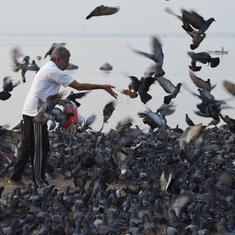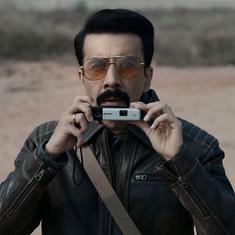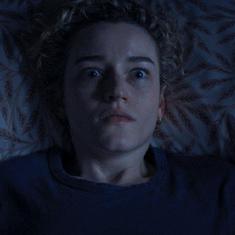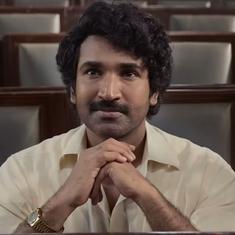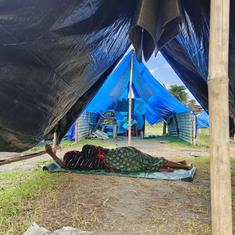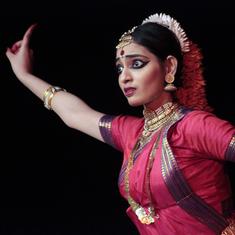From the very start, in all Indian dance forms, especially the classical, seemingly micro-positions of the fingers called hasta mudras coordinate with positions of the head, accompanied by neck and eye movements – which together like a symphony aid and abet the macro movements of the body as a whole. These are considered “graces” without which the whole has no meaning, almost. It is what happens between two beats that is the magic of dance.
It is akin to placing an object in a room. Where you choose to place it, what angle you place it in, what lies next to it, and what the background to the object is – all these matter. On the other hand, it is arguable that the object can be placed anywhere and it will find its own space.
It is the privilege of the dancer in India to gradually grow into a consciousness of these and of the many other arts and intellectual processes that inform the dance. It never fails to amaze, how varied these other arts are and how their particular fragrance enhances the art of dance. So much so, that without their presence the dance is simply incomplete. These arts were meant to be expressed together, as a single and whole offering. This does not take away from their individual merit or distinction to stand on their own.
You cannot be a sound Bharata Natyam dancer, for instance, if Indian philosophy, customs, or ritual practices evade you. Certainly, your knowledge of Indian mythology has to be thorough, if not an obsession. India’s temple architecture, sculpture, iconography; textiles, and jewellery; its languages, especially the ancient ones like Tamizh, Sanskrit, and Telugu – their prose, poetry, and recitation, vocal and instrumental music – the language of rhythm; a knowledge of the six seasons in nature and the their unmistakable connect to our five senses, physiology, anatomy, yogic practice, reeti-rivaaz or customary practice both past and present; as also sampradaya or propriety – where every nation or society has a different notion of these. The list of these interdependent knowledge systems is truly endless for a dancer. But most important, and perhaps least talked about, is philosophy.
You only have to look at our myths and Puranas to know how complicated our concept of the truth is, as also the lush fertility of our imagination! In the epics of India, at first glance incidents seem like yesterday, today, and tomorrow. Actually, in time–space it could be a lifetime, an avatar or a yuga even, that separates these incidents. This is “us”. We do not conform to linear time. Our lives are punctuated by events that are cyclical in nature. In relation to the infinite cycle of time and the mythological concept of time, human existence pales into insignificance. An adept dancer with a sound knowledge of the Puranas, for instance, as seen in senior Kathakali dancers, may well be arguing with his enemy on stage, but relates to the audience a similar incident in the past when the gods and demons fought over a similar matter. This can be boastful in nature, or hilarious even in that he puts paid to the remarks of his illustrious opponent. Moving between mythological space and the present is totally natural for him and the audience gets it.
This, of course, is an actor–dancer’s delight! Such an amazing wealth of narrative and audiences who understand them too! In such a scenario, what does the actor who presumably reflects or comments upon this complex society do? In theatre, they do the story as it is written, or do a “take” on it – which is either hilarious, or pathetic, or blasphemous, or bold, or different. In music, they feed the story nostalgia and have a raga tell it like no narrator can. They give it rise and fall, pathos and bhakti or devotion. In films, they throw in songs that enhance the mood of the moment, they have a comedian funny it up, a villain pepper it up, a gangster blaze it up, a moll sugar it up and, of course, the most ‘beauteous’ belle of them all – kickstart the whole thing up! I love all these forms of art. But I believe the ploy used in the classical dance forms of this country to be the most unique. In the classical solo traditions, it is nayika, the woman who tells her story. She is a metaphor for male, female, and others. She is the jiva atma, the human soul.
Words that make up stories or poems change for each person according their own experiences, by their particular understanding of language and by the meaning they give those words, by the connotation they have for you at any given time. Those words that once had meaning, however, seem to lose their worth as we move through the passage of life. Many experienced artists use a text to suit an occasion or their mood. The rasika, or viewer, receives this as they see fit. Some do not receive the meaning at all; some receive a meaning that neither the poet nor the dancer intended. Some text also has the capacity to move the rasika without any prior knowledge of its meaning, simply by the power of expression, the power of recitation. It also receives strength from the power of expression invested in it by the particular raga and the voice and rendition of the singer. Artists of exceptional talent like Balasaraswati were able to create “an experience” for the audience. Then words had little meaning.
The idea, of course, is to transcend meaning. It is necessary to get over the words and transfer them, to look at the soul within words, not be bound by them. They must become the truth for each of us, in our own time.
So where does this leave those amongst us who express themselves differently? Those that do not wish to refer to Hindu mythology and its numerous characters, who wish to make their own stories real. Many of us imagine we are “thinking dancers” who broke from the norm. In fact, in every generation of folk or classical dancers, of ritualistic or martial art practitioners, from urban or rural landscapes, from lower or higher castes – there were always those who moved the river through new paths. They did not depend upon smoother language skills or fancy degrees. There were movers and shakers in every aspect of the dance and its accompaniment. Even the fingering on the mridangam for a Bharata Natyam recital changed drastically in the 1960s when a young Karaikudi R. Krishnamurthy created empathetic drum patterns for the jaatis of Bharata Natyam that had not been heard before. This is but a tiny example, not the extent of change that was brought about over time. Change came in context, content, and core practice. It came in the text, in the music, and in the form. It happened in what was apparent, as also in the hidden aspects of performance – thought processes. It came about in modern interpretations of traditional texts, as also in traditional expressions of modern texts. Languages were included, the process was given due consideration, and myths about the dance exploded.
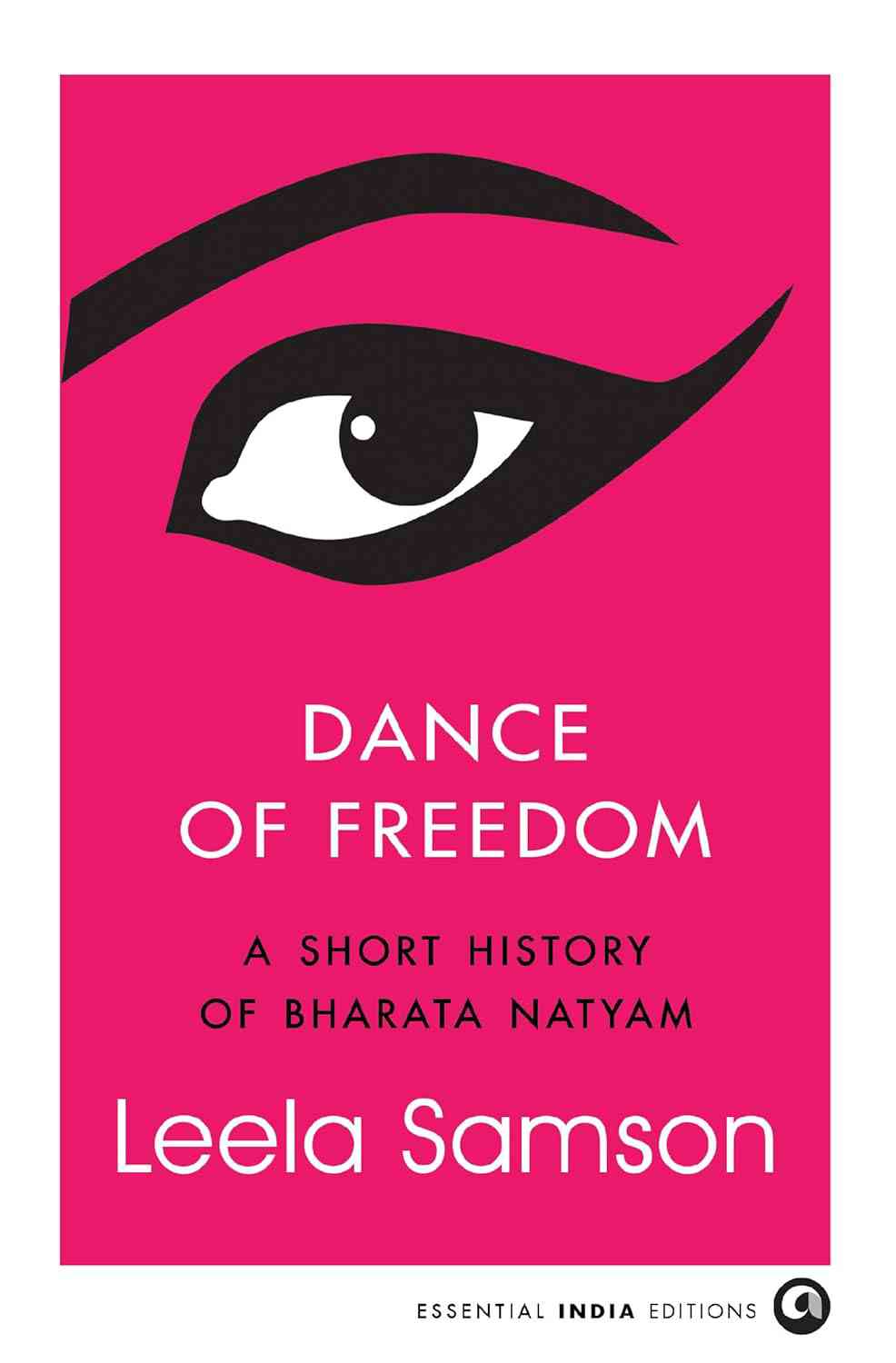
Excerpted with permission from Dance of Freedom: A Short History of Bharata Natyam, Leela Samson, Aleph Book Company.

